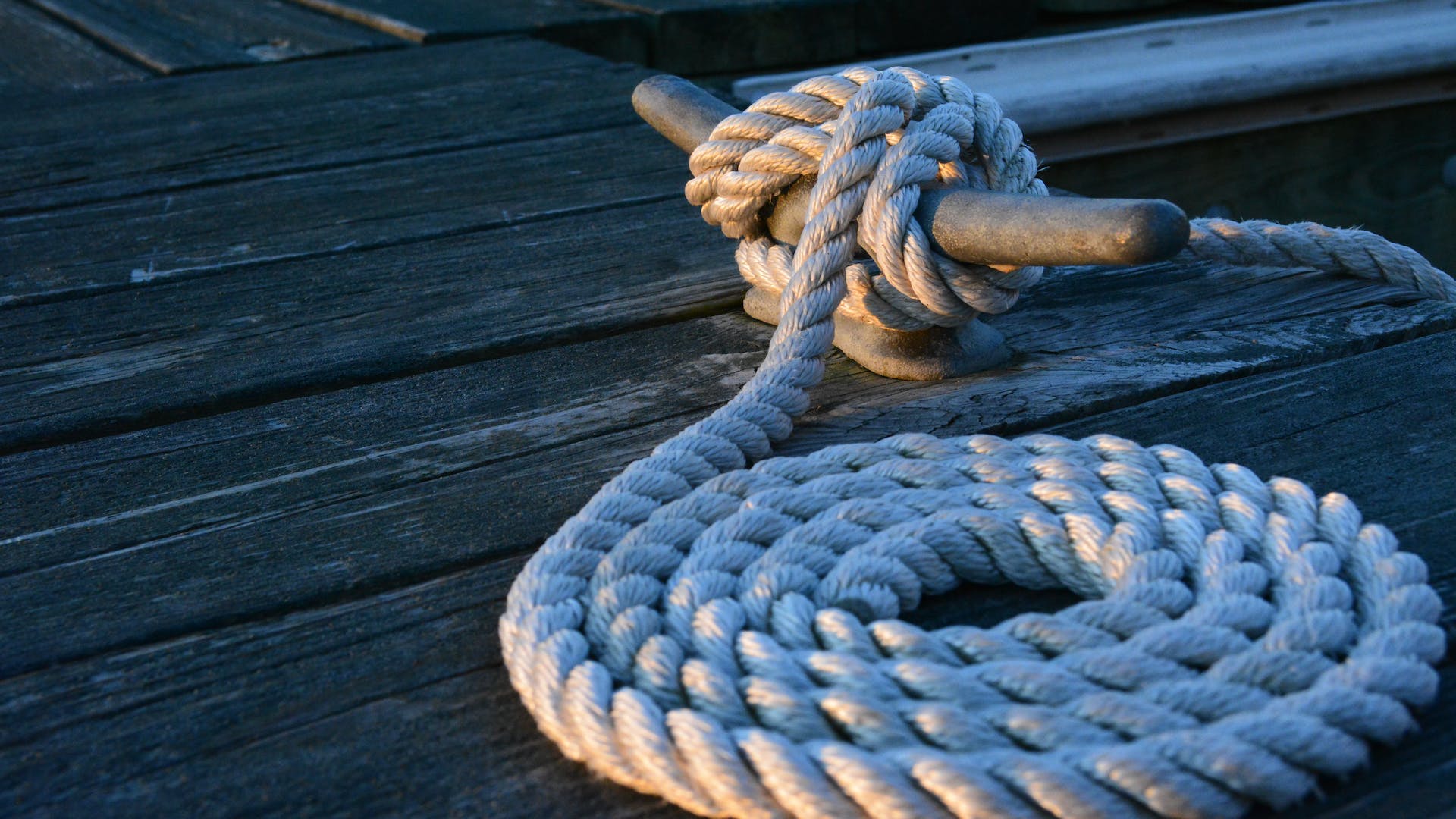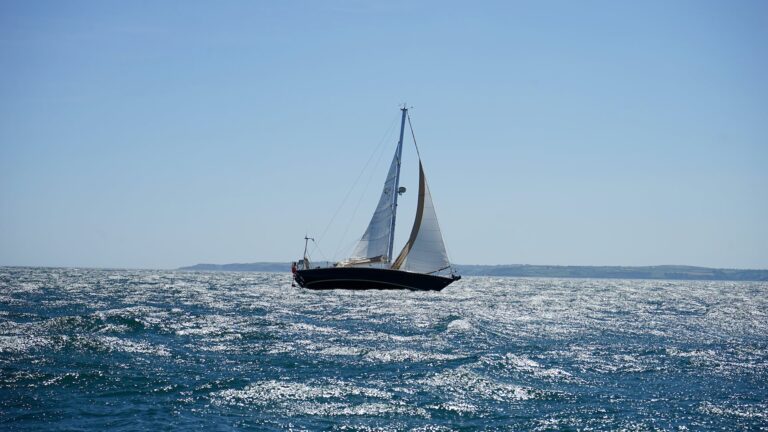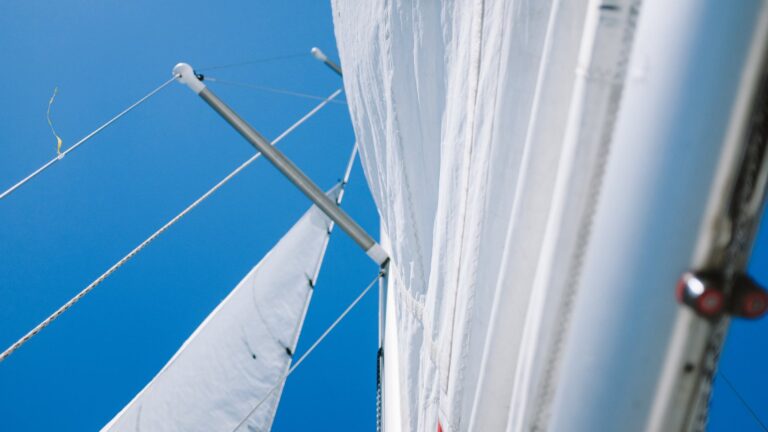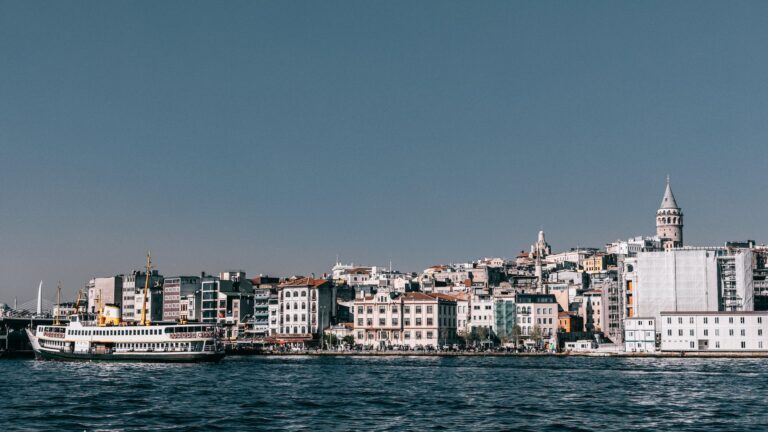Is 10 Knots Too Windy For Boating?
When it comes to boating, wind speed plays a major role in determining the conditions and safety of your voyage. With wind speeds measured in knots, it begs the question: Is 10 knots too windy for boating?
The answer depends on a number of factors, including the type of boat you have and the conditions of the sea surface at that time. In this article, we’ll explore what constitutes a safe wind speed for boating, as well as how to stay safe when sailing in higher winds.
What are Knots?
Knots (kt) are units used to measure the speed at which the wind is blowing – 1 knot = 1 nautical mile per hour (1 nmi/h).
A nautical mile is slightly longer than a regular mile, measuring around 6076 feet or 1.85 kilometers instead of the usual 5280 feet or 1 mile that you may be used to seeing on land-based maps and measurements. This means that 10 knots would equal 11 miles per hour (mph).
How Wind Strength is Measured in Knots
Wind strength can be measured with an anemometer – a device specifically designed to measure wind speed in knots or miles per hour (mph).
This instrument can be used both on land and at sea, providing accurate measurements of wind strength throughout your journey.
However, when sailing on open waters, experienced sailors can often tell just by looking around them how strong the wind is blowing – even if they don’t have access to an anemometer!
Factors That Determine if 10 Knots is Too Windy for Boating
Whether or not 10 knots is too windy for boating depends on several factors, including the size of your boat and its design as well as how comfortable you are sailing in choppy waters and higher winds – something all sailors should take into consideration before heading out onto open waters!
Smaller boats may struggle more with higher winds than larger ones that have been designed to handle them better, so it’s important to keep this in mind when deciding whether or not it’s safe to go out sailing in high winds.
What Happens to the Surface at 10 Knots and Above
At ten knots or more, the surface can become choppy as waves start breaking across it due to strong gusts of wind pushing against them, this makes it harder for smaller boats to maneuver through them safely as they may get thrown around by these waves more easily than bigger boats would be able to handle them better.
However, it’s usually OK for inshore boating at ten knots or less, just keep an eye out for any signs that conditions may start getting rougher from fifteen knots or more – these could include larger waves starting to form across the surface or whitecaps appearing along with gustier winds – and head back home if you do spot any of these signs!
Types of Boats That Can Handle 10 Knots or More
Larger boats with deeper drafts such as cruisers and motor yachts tend to fare better than smaller vessels with shallower drafts when navigating through choppy waters caused by higher winds as they can withstand them better due their greater size and weight distribution across their hull which helps keep them stable even when facing strong gusts of wind against them, these types of boats also usually come equipped with more advanced navigation systems which help make navigating through rougher seas easier as well!
The Different Sailing Conditions at 10 Knots and Above
At ten knots or above, sailing conditions will vary depending on various factors such as sea state (the amount of wave activity present), air temperature (which affects how much lift there is from lifting forces created by gusty winds), location (whether there are any obstacles such as landmasses which could cause turbulence), time of day (which affects how much light there is available) etc., so it’s important that sailors take all these things into account when planning a voyage before setting sail!
Safety Considerations When Boating in High Winds
When boating in high winds it’s important that sailors take precautions such as checking their vessel thoroughly before setting off, ensuring all lines are secure, having life jackets onboard, checking weather forecasts regularly, avoiding areas where high swells may occur, avoiding areas where large shipping vessels may pass through, attaching any loose items securely onboard etc. In addition, wearing protective clothing such as waterproof jackets can also prove beneficial should weather conditions suddenly worsen whilst out on open waters too!
Tips For Boating In High Winds
When boating in high winds there are certain things all sailors should bear in mind: firstly, always check weather forecasts before setting sail so you know what conditions you might face out on open waters, secondly, make sure your vessel has been adequately prepared for any potential hazards such as strong gusts by ensuring all lines are secure and no loose items are left onboard, thirdly, wear protective clothing such as waterproof jackets just in case weather conditions suddenly worsen during your voyage! Finally, don’t forget about safety equipment such as life jackets which should always be kept onboard just incase!
Conclusion
In conclusion then, while ten knots isn’t necessarily too windy for boating depending on several factors including vessel size and design along with sea state conditions etc., experienced sailors will likely know just by looking around them whether or not it’s safe enough to go out sailing at those speeds – so always use your judgement before setting off onto open waters!
Ultimately though safety should always come first whatever speed you decide upon so make sure you take all necessary precautions before heading off into unknown seas!







